Could colour diamonds add a sparkle to your portfolio?
Diamonds of various shades never go out of fashion, says Chris Carter
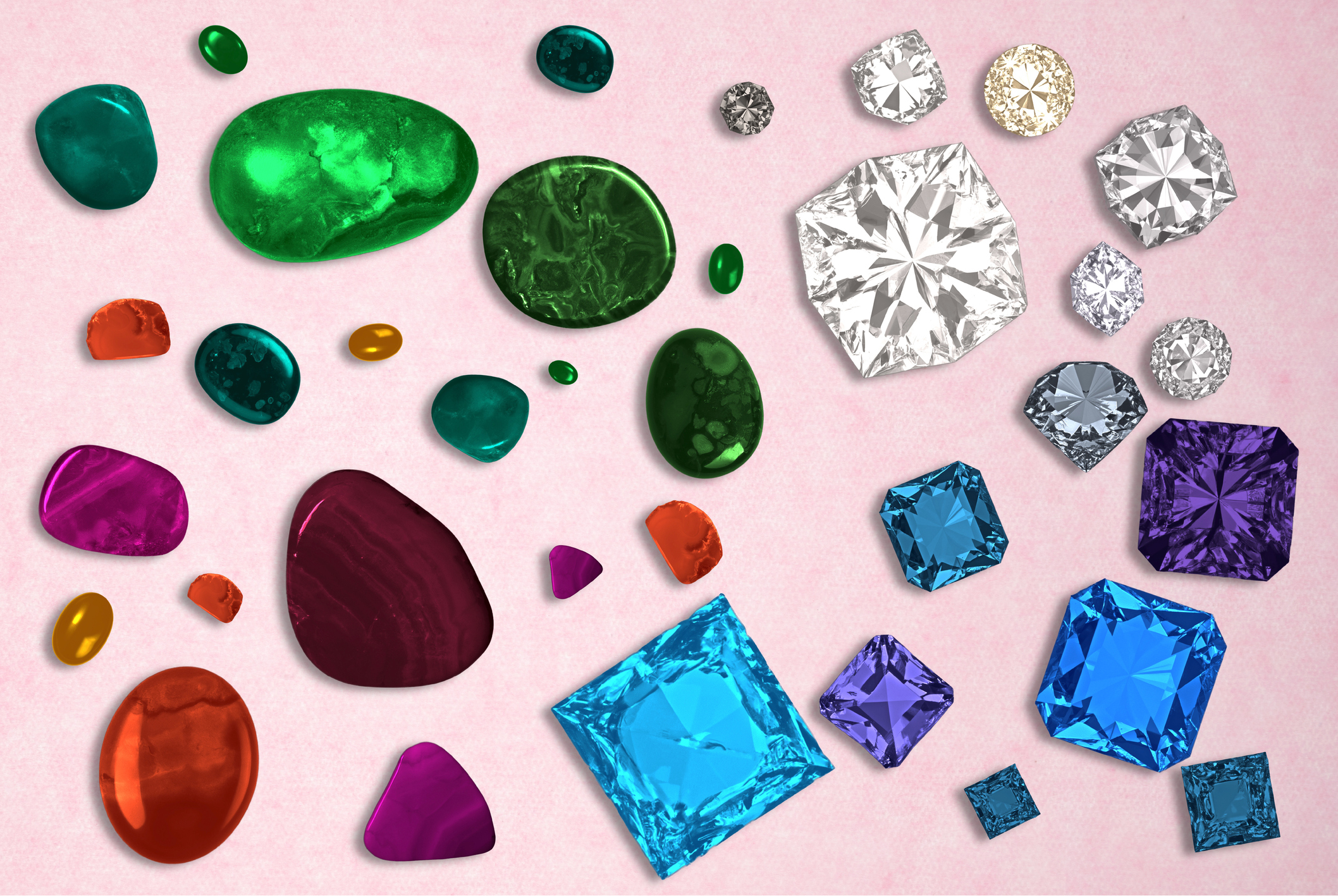

The rock now gracing Taylor Swift’s finger, along with US president Donald Trump’s doubling of tariffs on goods from India, has given a welcome boost to the diamond industry. Swift’s engagement lifted the shares in some listed jewellery retailers, while India cuts and polishes most of the world’s diamonds – and Americans are the biggest consumers of diamond jewellery, as Jinjoo Lee notes in The Wall Street Journal. But the lift to diamond prices is unlikely to last much longer than Swift’s wedding cake. That’s because the rise of an almost unlimited supply of synthetic colourless diamonds has tarnished the industry. Colour diamonds, on the other hand, have proved much more resistant.
That’s down to a number of factors, not least of which is the rarity of colour diamonds relative to colourless ones. Only around 0.01% of gem-quality mined diamonds are colour diamonds of the “fancy” type (a measure of the intensity of colour in the Gemological Institute of America [GIA] grading system). They are vanishingly rare. And, naturally, every single one is a little bit different, not only because of the varying sizes, hues, tones and saturations, but also because of the presence of imperfections within the diamonds, known as “inclusions”. So, tracking valuations for colour diamonds is tricky. But with that caveat in mind, prices for fancy colour diamonds have grown at a compound annual rate of 5.7% a year for the past two decades, according to the Fancy Color Research Foundation (FCRF).
How much has the most expensive colour diamond sold for?
This summer, a 10.38-carat pink diamond once owned by Duchess Marie-Thérèse d’Angoulême, the only surviving child of the ill-fated French queen Marie Antoinette, sold for almost $14 million with Christie’s in New York. The record of the most expensive colour diamond ever sold at auction also belongs to a pink gem – the 59.60-carat Pink Star, which fetched $71.2 million with Sotheby’s in Hong Kong in 2017. These prices are not surprising when you consider the lengths to which nature has gone to make them.
MoneyWeek
Subscribe to MoneyWeek today and get your first six magazine issues absolutely FREE

Sign up to Money Morning
Don't miss the latest investment and personal finances news, market analysis, plus money-saving tips with our free twice-daily newsletter
Don't miss the latest investment and personal finances news, market analysis, plus money-saving tips with our free twice-daily newsletter
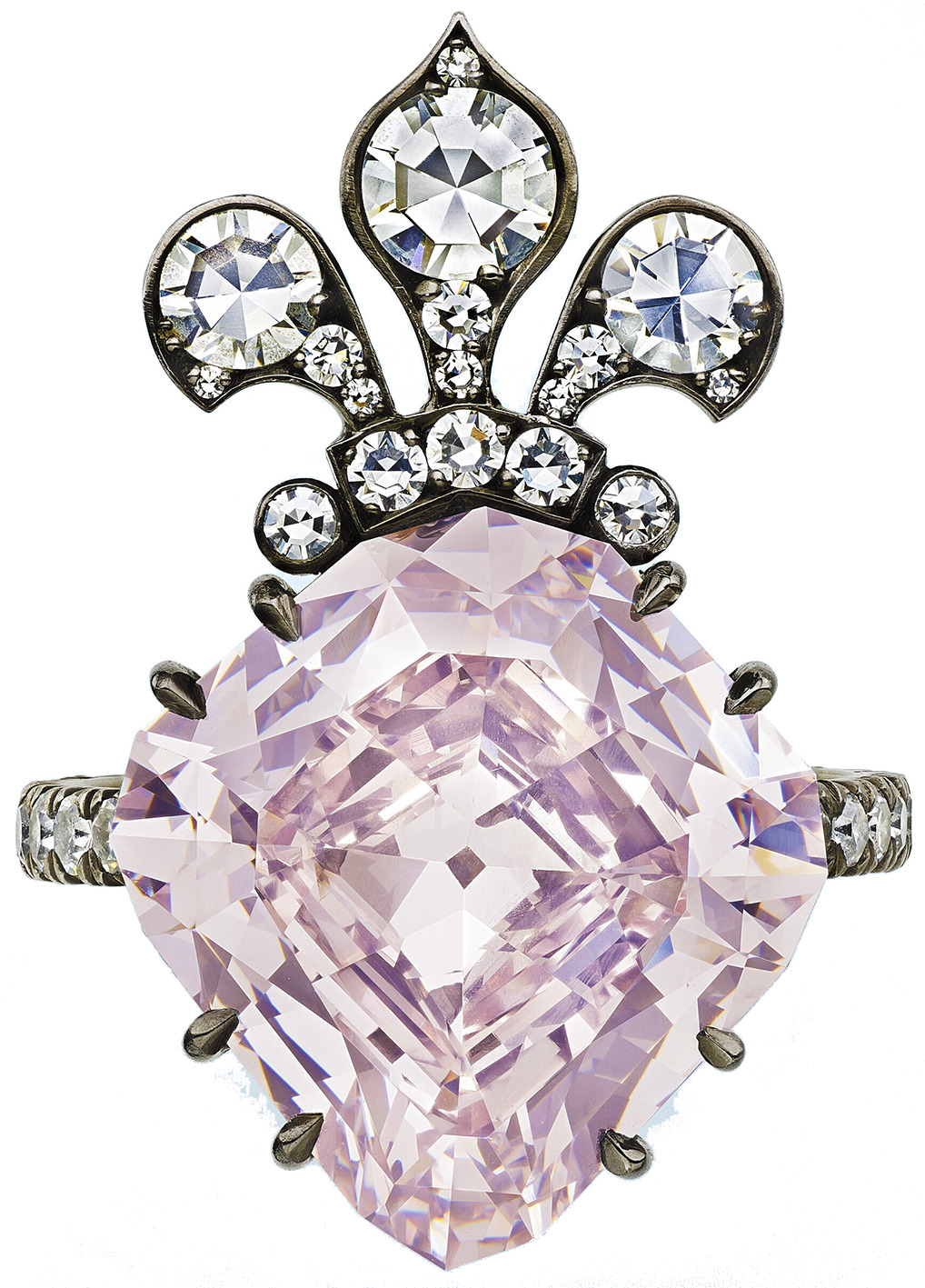
Diamonds are created under immense pressure deep underground over millions, if not billions, of years. Yellow diamonds – the most common, although still incredibly rare – contain nitrogen, while blue diamonds contain boron and black diamonds graphite. But pink diamonds get their colour not from impurities, but from the extra stresses they received during their formation that altered their lattice crystal structure. The same goes for red diamonds, which are really just an extension along the colour scale of pink diamonds. They are the rarest of all, and only a handful exist in the world. And since the closure of Rio Tinto’s Argyll mine in Australia in 2020 – which had been responsible for 90% of the world’s supply of newly mined pink diamonds – no more or very few are now coming onto the market. Small wonder, then, that, last month, police in Dubai arrested a gang of thieves who had gone to great lengths to steal a 21.5-carat pink diamond. It had been valued at $25 million.
This article was first published in MoneyWeek's magazine. Enjoy exclusive early access to news, opinion and analysis from our team of financial experts with a MoneyWeek subscription.
Get the latest financial news, insights and expert analysis from our award-winning MoneyWeek team, to help you understand what really matters when it comes to your finances.

-
 MoneyWeek news quiz: How much can you win in Premium Bonds?
MoneyWeek news quiz: How much can you win in Premium Bonds?Quiz Premium Bonds, ChatGPT, and the start of the festive season all made headlines this week. How closely were you following the news?
-
 Salary sacrifice pensions cap: 3.3 million workers to be hit by contribution limits
Salary sacrifice pensions cap: 3.3 million workers to be hit by contribution limitsThe government has revealed further details of its controversial cap on pension contributions through salary sacrifice. Here is how the changes could affect you
-
 Big Short investor Michael Burry closes hedge fund Scion Capital
Big Short investor Michael Burry closes hedge fund Scion CapitalProfile Michael Burry rightly bet against the US mortgage market before the 2008 crisis. Now he is worried about the AI boom
-
 The global defence boom has moved beyond Europe – here’s how to profit
The global defence boom has moved beyond Europe – here’s how to profitOpinion Tom Bailey, head of research for the Future of Defence Indo-Pac ex-China UCITS ETF, picks three defence stocks where he'd put his money
-
 Profit from a return to the office with Workspace
Profit from a return to the office with WorkspaceWorkspace is an unloved play on the real estate investment trust sector as demand for flexible office space rises
-
 New frontiers: the future of cybersecurity and how to invest
New frontiers: the future of cybersecurity and how to investMatthew Partridge reviews the key trends in the cybersecurity sector and how to profit
-
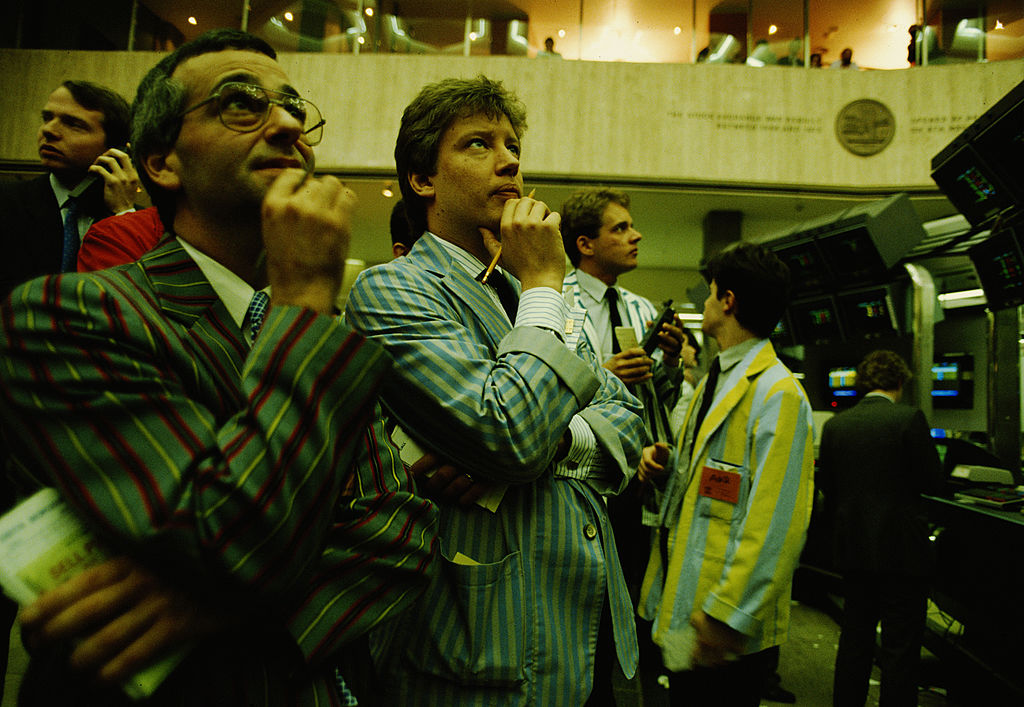 An “existential crisis” for investment trusts? We’ve heard it all before in the 70s
An “existential crisis” for investment trusts? We’ve heard it all before in the 70sOpinion Those fearing for the future of investment trusts should remember what happened 50 years ago, says Max King
-
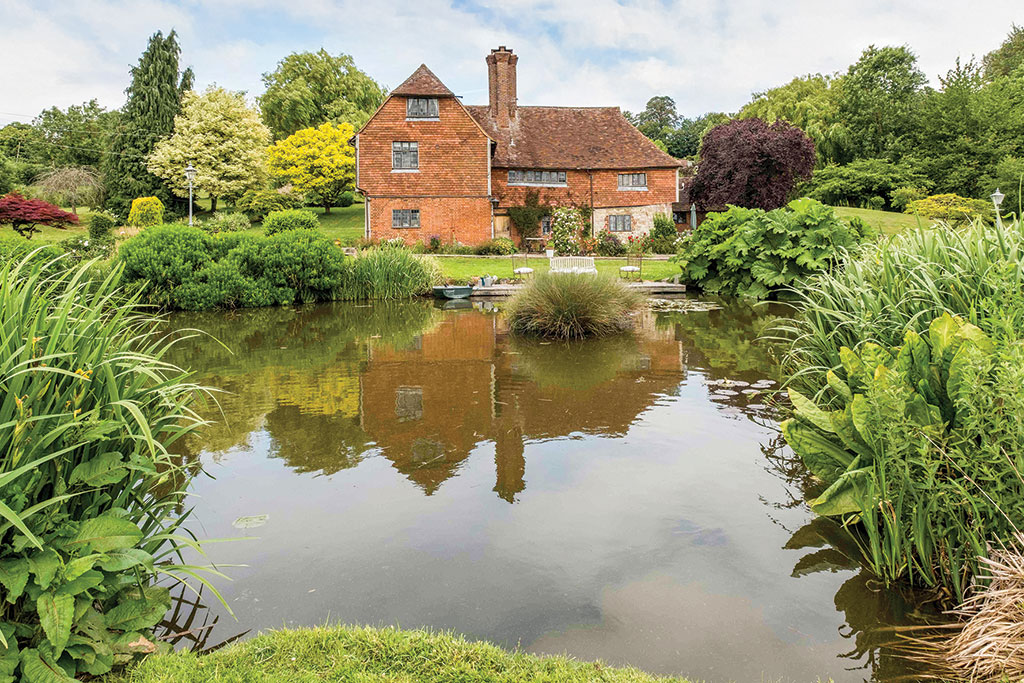 8 of the best properties for sale with wildlife ponds
8 of the best properties for sale with wildlife pondsThe best properties for sale with wildlife ponds – from a 16th-century house in the Ashdown Forest, to a property on Pembrokeshire’s Preseli Hills
-
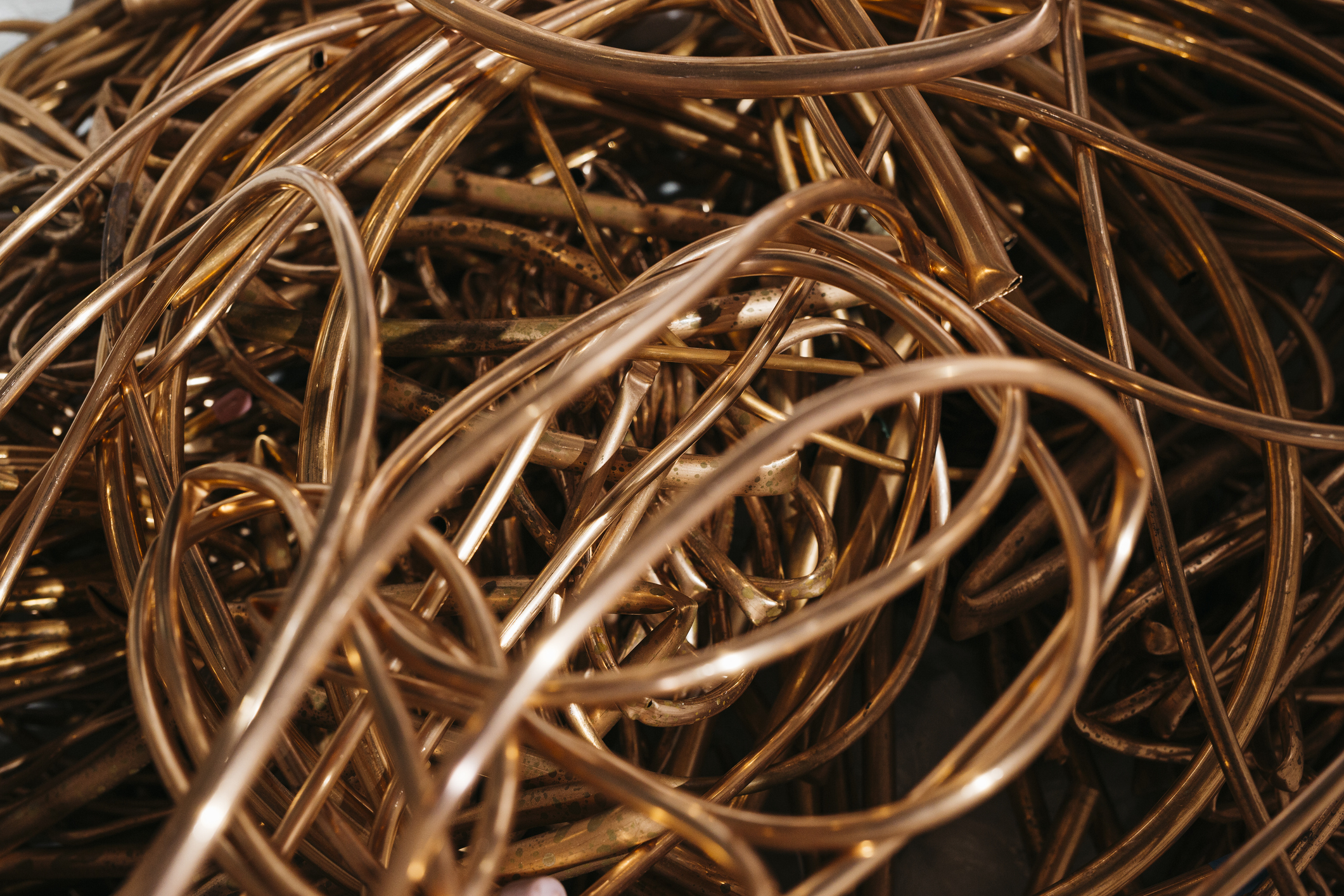 Why a copper crunch is looming
Why a copper crunch is loomingMiners are not investing in new copper supply despite rising demand from electrification of the economy, says Cris Sholto Heaton
-
 Where to look for Christmas gifts for collectors
Where to look for Christmas gifts for collectors“Buy now” marketplaces are rich hunting grounds when it comes to buying Christmas gifts for collectors, says Chris Carter